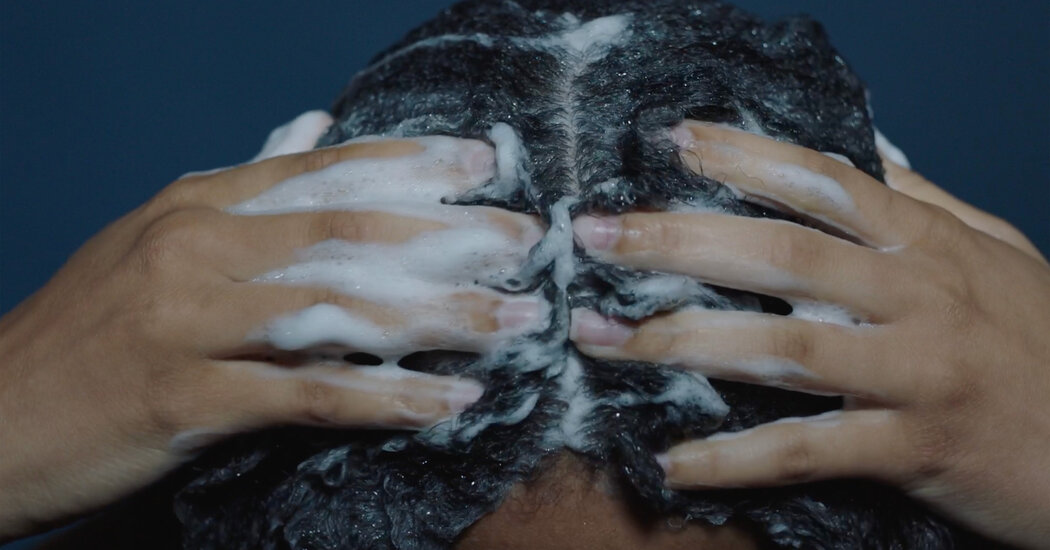De Oleo suggests that those with dyed, processed or very dry hair supplement their regular routine with a deep conditioner. Hair that’s been exposed to dry air, heat tools or salt water can also benefit. De Oleo recommends Not Your Mother’s Matcha Green Tea and Wild Apple Blossom Butter Masque. Ceremonia’s Mascarilla De Babassu is another effective choice, made for all hair types. Both masks can replace conditioners and be applied in the same way, on a weekly basis or as needed — though they’re typically left on for an hour or even several. Protein or “bond-repair” treatments, meanwhile, such as Amika’s The Kure mask, can help restore strength to breakage-prone hair. But moderation is key: Too much protein can lead to more breakage, by making the strands brittle, so if you use a protein treatment one week, try a deep conditioner the next.
6. Dry carefully
Because wet hair is easily damaged, dry it gently: Microfiber towels, such as Well Tressed’s Twist & Tie options, are quick-absorbing and soft, but an old cotton T-shirt is a cheap and easy substitute. Those with thick or curly hair can also use a blow dryer with a diffuser attachment; set it to a low temperature to help maintain the hair’s natural pattern. Conair’s 1875 Watt Turbo Hairdryer is affordable and durable. Finally, to retain all the moisture you’ve just added back into your hair, try sleeping with a pillowcase or bonnet made from silk or satin; these materials don’t absorb oil as quickly as cotton and will reduce friction on the hair cuticle, keeping your strands glossy and tangle-free.
F.A.Q.s
How often should I wash my hair?
The ideal frequency depends on your hair type and lifestyle. Cleansing and conditioning can be anything from a daily to a weekly event. If you’re exercising or sweating a lot, or if you have straight hair that’s prone to becoming oily, err on the side of washing every day or every couple of days. Curlier hair tends to fare better with once-weekly washes — as does hair that’s exposed to a dry, cold climate, so you may want to adjust your timing depending on the season.
Do I need a water filter?
Washing your hair not only clears out dirt and grime, it also helps to reset the pH of your scalp, which ideally is slightly acidic, at 5.5. When those levels are out of balance, the skin can become irritated and the hair dry, says De Oleo. To help your scalp return to its ideal pH, your water should be neutral, with a pH of 7, but shower water can contain heavy metals, chlorine and sediments that raise or lower that number. A filter, like those offered by the brands Canopy and Jolie, can offset these changes, leading to softer, less frizzy hair and a healthier scalp.







